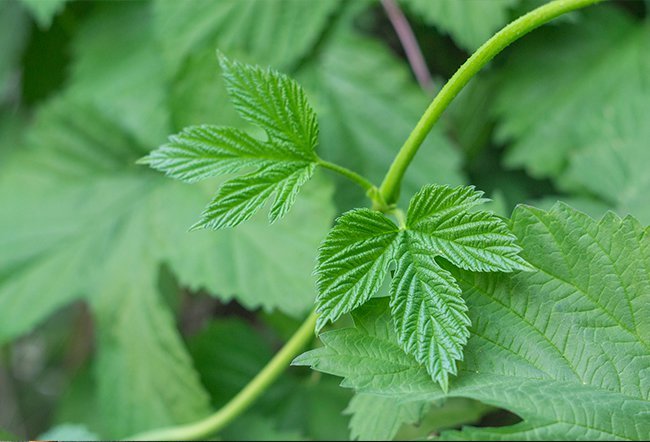What Plants Cause Itching?

Being out in nature can be relaxing, but coming home with an itchy rash can be annoying and stressful. Many plants can cause skin irritation and inflammation, including:
- Poison ivy
- Poison oak
- Poison sumac
- Strawberry
- Tomato
- Borage
- Hot peppers
- Rosehip
- Tulip bulbs
- Daffodil bulbs
- Hyacinth bulbs
- Comfrey
- Garlic
- Wood nettle
- Stinging nettle
- Leadwort
- Baby’s breath
Combined exposure to citrus fruits and sunlight can also cause rashes and itchy skin. That’s because fruits like lemons, limes, oranges, and grapefruit contain chemicals that make your skin more sensitive to light.
How can you identify plants that cause itching and rashes?
Poison ivy is the probably the best-known plant that causes skin reactions. You may have heard the phrase “leaves of three, leave them be” as a reminder regarding identifying poison ivy. But while helpful, the saying isn’t always true.
For example, poison sumac has leaves that come in clusters of 7-13. And several non-poisonous plants may have leaves in groups of 3, such as raspberries and blackberries. Moreover, in seasons such as winter or fall, some plants may not have any leaves, which makes recognizing poisonous plants through their leaves alone impossible.
What does an allergic skin reaction to plants look like?
An allergic skin reaction to plants is called plant dermatitis or photodermatitis. It may cause the following signs and symptoms:
- Itching
- Skin redness
- Swelling
- Bumps, patches, streaking, or weeping blisters (blister fluids due to plant allergies are not contagious)
Skin rashes may appear immediately, after 4 hours, or even up to 10 days after exposure to the plant. Symptom severity and timing depend on your individual sensitivity and the amount of contact you had to the plant.
Some people may develop symptoms beyond skin irritation, including coughing, sneezing, and breathing difficulties, as seen in ragweed allergies.
What to do if you have an allergic reaction to a plant
If you have come into contact with a poisonous plant, follow these steps:
- Immediately wash the skin well with rubbing alcohol, degreasing soap (such as dishwashing soap), or detergent, and a lot of water. Rinse thoroughly so that the cleaning solutions do not dry on the skin and further spread allergy-causing chemicals. Change into clean clothes.
- Scrub the underside of your nails with a brush.
- To reduce skin itching and blistering:
- Apply ice or cold compresses, calamine lotion, or hydrocortisone cream (as per label instructions).
- Avoid applying cream or lotion to broken skin or open blisters.
- Take an oatmeal bath.
- If blisters appear, mix a tablespoon of white vinegar in a liter of water and compress the area for 15 minutes 2 times a day.
- Take an over-the-counter (OTC) antihistamine such as diphenhydramine to relieve itching, following the label instructions. For children, consult a pediatrician regarding recommended medication and dosages.
- Seek immediate medical attention if you have:
- Swelling on the face or genitals
- Severe rash
- Difficulty breathing
- Had a history of a severe allergic reactions
